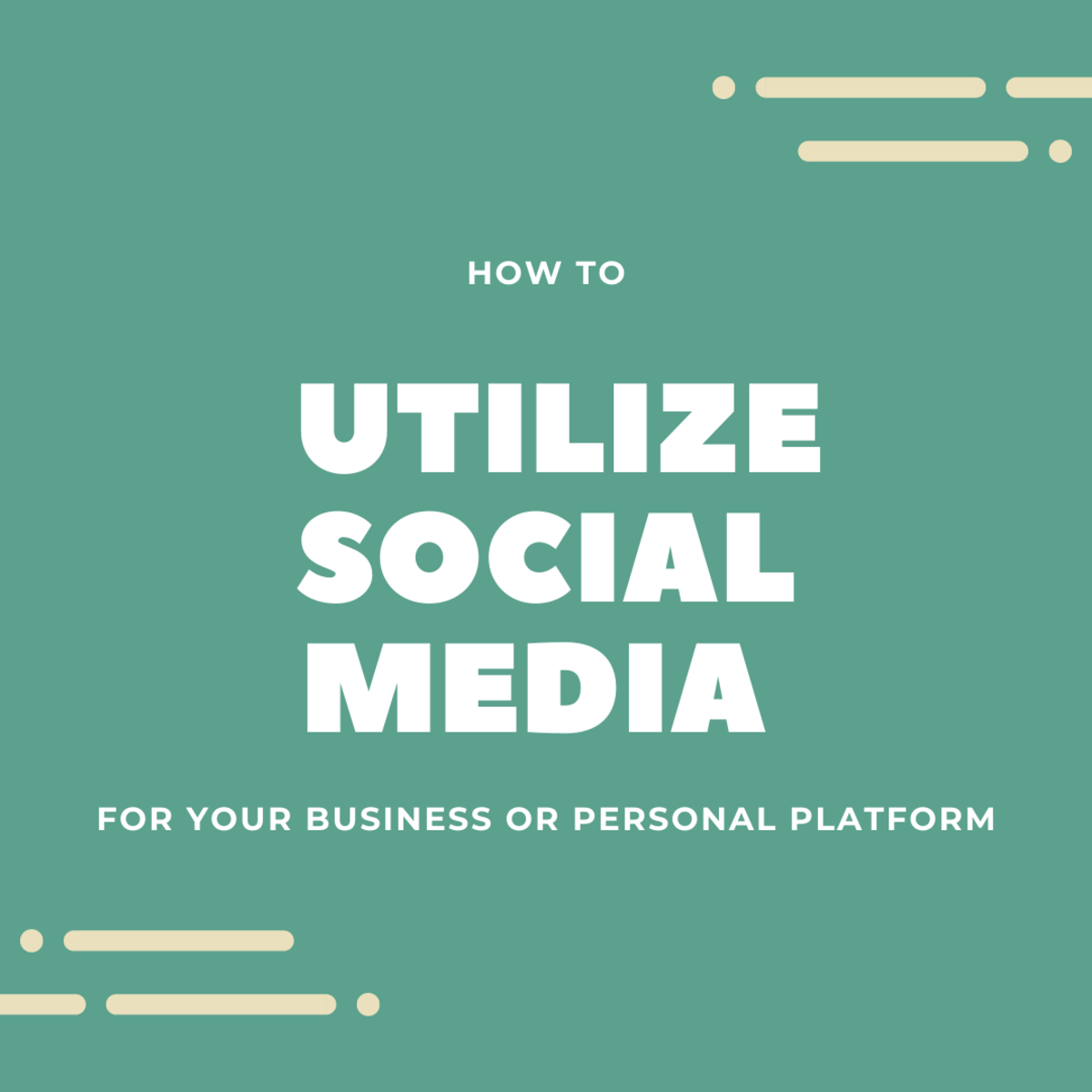Health and Safety: Electricity at Work Regulations (1989)
Electricity is used a lot in engineering, and is therefore highly depended on. It is used for electrical equipment and machinery, but also for lights and computers that may be used. Electricity is controlled by switches, and to be able to switch on some devices while keeping others switched off, parallel circuits and separate circuits are used as opposed to one series circuit.
However, electricity can be a very dangerous hazard. People can be quite unaware of electricity: you can’t see, smell, or feel it until it has caused an accident of some sort. Electrical burns, shocks and fires have occurred due to exposed wires and conductors, water and flammable materials being near wires, and circuits becoming overloaded. Around 1000 electrical accidents are reported to the HSE each year, so it is important for both employers and employees to take responsibility for health and safety around electrical appliances.
The Electricity at Work Regulations 1989 call for employers to maintain all electrical systems and circuits in the workplace. Inspections must be carried out by trained electricians – and on occasion by the assistance from the HSE’s Electrical Specialist Inspectors – every five years, to look for hazards; broken sockets, cables or wires; loose connections; exposed wires or anything else that could be seen to be a risk. Employees are expected to report any defects in the systems that they notice to their employer, and co-operate with them in complying with the provisions of these Regulations.
There are a few ways to assure safety in circuits. Fuses are used to withstand the effects of overloads or electrical faults. They consist of a small, thin wire in a plastic casing, and each fuse has a specific current rating; if there is too much current going around the circuit, the wire in the fuse melts, breaking the circuit safely. The fuse would then have to be replaced with a new one.
Residual Current Circuit Breakers (RCCBs) work in a similar way, but instead they detect whether or not the electric current is balanced the energized conductor and the return neutral conductor. If these are not balanced, the device disconnects the circuit, stopping the flow of current. An imbalance may indicate current leakage through a person accidentally touching the energized part of the circuit, and can therefore lead to a lethal electric shock. RCCBs thwart against such accidents to help to reduce health and safety risks due to the electrical equipment and machines.
Another useful safety procedure is the use of a Lockout/Tagout (LOTO). LOTOs ensure that the machines in the workplace are properly shut off, and cannot be switched on during servicing. The locked-out device is first secured with a folding ‘scissors’ clamp that has many padlock holes capable of holding it closed. Each subcontractor has their own padlock that only they can lock and unlock. The device can only be activated once all the workers have finished their part of the project and have removed their padlock.



